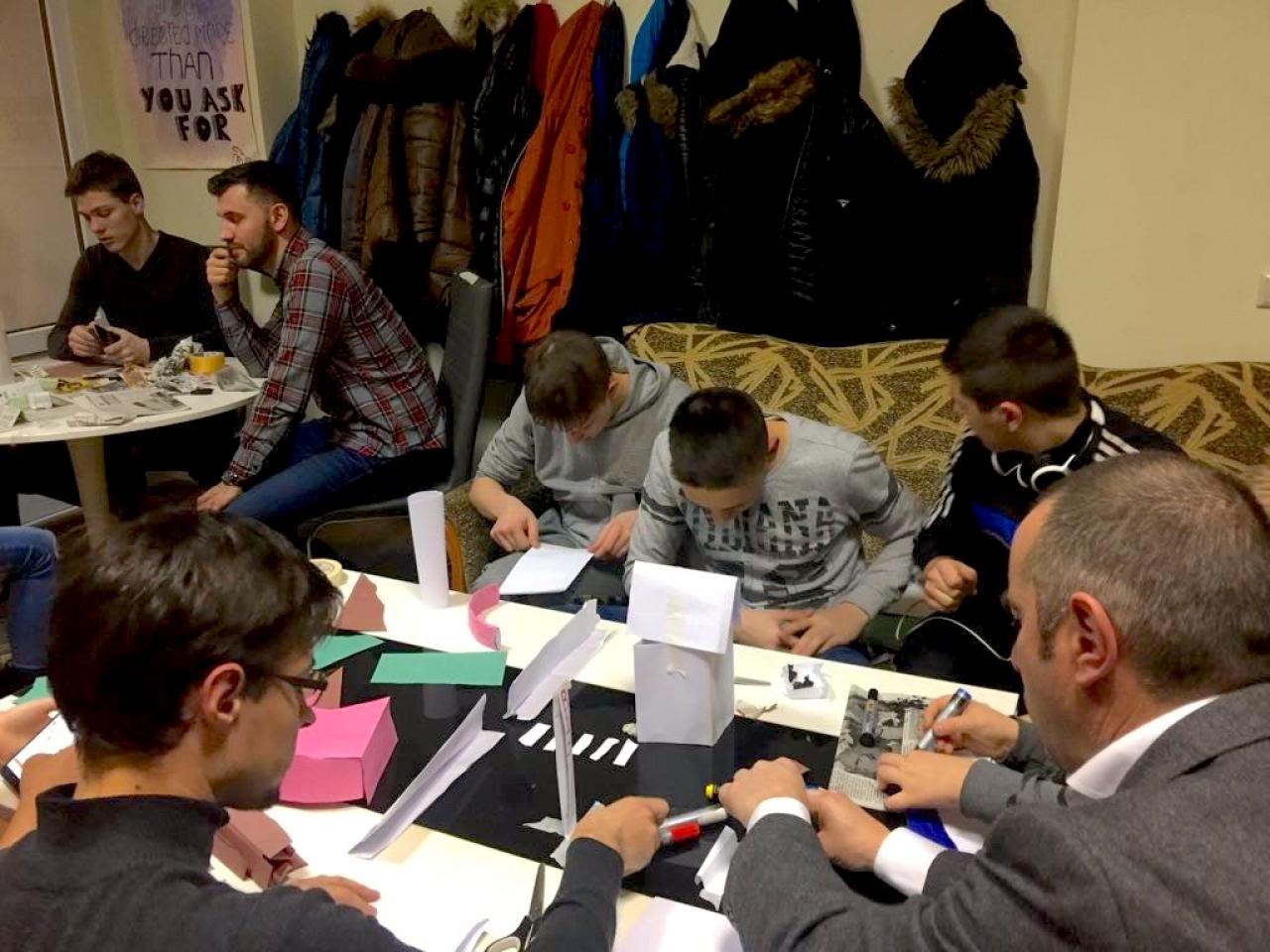
Healthy and active communities are integral parts of a smart city – and they must be planned for. Urban planning has a crucial role in facilitating networks and providing spaces which encourage citizens to engage in physical activity. Well-designed public spaces are not only attractive additions to the streetscape, they are also incentives for people to spend time outdoors, mingle and connect.
The VITALCITIES Action Planning Network explored the possibility of tackling social exclusion through the redesign of public spaces in deprived residential areas. The project seeks to find innovative tools and low threshold infrastructure solutions for creating activity-friendly environments.
As part of the knowledge sharing & capacity building, participating cities have undergone a so called ’Deep Dive’ process, a three-tiered approach to transnational learning and sharing best practice. Every participating city was given partners to help them understand their current strength and weaknesses in providing Physical Activity (PA), as well as to explore options for future improvement.
3 Steps of the Deep-dive approach: from self analysis to peer reviews
Deep diving consists for each city to draft a self-analysis and then host a peer review visit by a team of representatives from other partner cities. The hosting city mobilises local stakeholders for a two day collaborative workshop with the visitors about the target area of the project. The scope is to provide the hosting city with a feedback report that includes questions, reflections and suggestions for reviewing, improving, and refining the local Integrated Action plan.
Step 1: Self analysis
In the first stage, the host city - together with the stakeholders of the URBACT Local Group - did what we called in the network, a “self assessment process”. Stakeholders were encouraged to ask and answer critical questions about local policy development and implementation. This exercise aims at assessing and reviewing current practices, identifying the existing level of infrastructure supporting physical activity, questioning the knowledge and data about the city. For each city, this analysis related to a specific target area, and focused on three key themes: ‘policy, planning and monitoring’, ‘finance and management’ and ‘socio-spatial aspects’.
Through the self-assessment, participants gathered all information available, narrowed down the challenges and identified missing data.
Instead of looking at a single project, the groups looked more at the whole policy cycle behind the project. The place of the self-analysis in this wider policy cycle) can be depicted as follows.
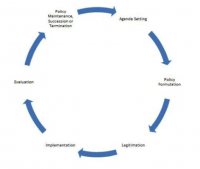
As depicted in the figure above, part of the Self-Analysis process entails that cities are reviewing whether they have the right information and monitoring processes in place to understand their physical activity infrastructure. Key parts of the process require mapping the existing infrastructure for physical activity, related programmes and plans as well as identifying user behavior and demands.
Step 2: Peers visits by the Deep Dive teams!
In the process every city composed a small Deep Dive team recruited from the local stakeholders group, with a coordinator facilitating the whole process of incoming and outgoing visits.
In the second stage, these Deep Dive teams visited the host cities and looked at the self-analysis and at the process behind it. The Deep Dive teams are composed of city delegations from 2 VITALCITIES partner cities, chosen for their skills in the area in which the visited city needs to learn more. The Deep Dive teams take the position of external ‘experts’. They provide creative suggestions for the problems identified in the area, share inspiring good practices and highlight issues, which the host city should take into account.
Step 3: Visit reports to inform Integrated Action Plans
The deep dive teams summarise the results and recommendations from the visits in a report. The report highlights the key areas cities should focus on in order to resolve their specific issues. The recommendations are then used as building block to form the basis of the Integrated Action Plans (IAPs), next to the city profile, the place making analysis done by the local stakeholder group, a SWOT etc…
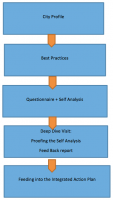
The Deep Dive process helps cities to improve
Better collection and analysis of data
Thanks to the self- assessment cities discovered that a large part of the necessary data for analysis often existed in cities, but it was held by different stakeholders. Data often needs to be updated and further analysed. One of the main outcomes was to collect new information on user activities, joining up existing datasets from Council and other public bodies.
Coordination of stakeholders
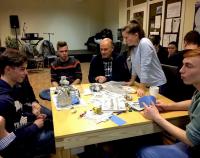
Despite a growing culture of collaboration, and co-planning in public administrations, the process showed that participation is still a challenge.
Professional roles related to sports and physical activities are often dispersed across departments, who keep the habit of tackling issues within their own team rather than engaging into dialogues with various stakeholders.
Coordinating the various fields related to physical activity requires collaboration between a number of stakeholders who may currently be working in a disjointed manner. Strategic decision making requites to go beyond the neighborhood level, sometimes even up to the regional and national levels.
Thanks to the deep dive approach, Vital cities network were encouraged to reflect on their way of working while improving the missing link between stakeholders and decision making processes.
Better communication with residents
The Deep Dive process also highlighted that there should be more efficient communication with the public, naming public as other people potentially interested in the issues covered but not in place to actually participate to meetings. The most diligent participants showed in several cases a form of distress for the process and some saturation because of the energy required to attend the meetings on a regular basis.
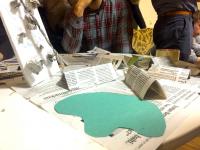
The Deep Dive process suggested that instead of lengthy and numerous consultation events, communication should be kept simple and emphasis should be on feedback and implementation. Citizens should be encouraged to take ownership of their environment and could be involved in more into small actions using different participatory techniques.
Professionals should learn how to reach out to communities more efficiently - including young and elderly people - through existing connections, clubs, schools, universities and social media. Once the connection is made, physical activity can be promoted as a form of social activity and incentivized through different rewards (e.g. free access, bonus points for other public services like in the cultural field etc.). The city of Birmingham offers such an incentive scheme to its citizens.
Start with small scale interventions
Small scale interventions can start immediately and have a positive impact, since they need little money. As to overcome vandalism it is worth considering using recycled and locally sourced materials, which are more sustainable and can easily be replaced. For instance, in Liepaja, Latvia, in Karosta neighbourhood, girls expressed their need to have a facility that they can use, next to the football pitch, which is most commonly used by boys. Therefore a simple volleyball court was installed out in the open. It only includes a net and some lines on the floor, in public space.
Share responsibilities
While focusing on implementation, sharing responsibilities appears as one of the main challenges. Facilitating physical activity involves significant efforts and those organizing sports activities – private and public - need to engage in creating strategies, raise funds, work with communities and take responsibility for maintenance involving public, private, voluntary and academic sectors
Deep Dive: A very useful learning process
The Deep Dive process round conclusions are that area-based action plans need to be embedded in a city-wide strategy and to be supported by a wide range of stakeholders. Disadvantaged neighbourhoods and their citizens should be part of these strategies and form an integral part of the healthy cities movement.
City officials and politicians very much appreciated the process, as they stated in the preliminary feedback session, which concluded each Deep Dive visit.
“It is amazing how you as a visiting delegation found out so much detailed info during 2 days, while we ourselves spent 5 months with external help to come to even less thorough findings” commended a City Official in Budapest XIII District
“We seem to be hitting our target, but missing the point” said a city official in Birmingham.

